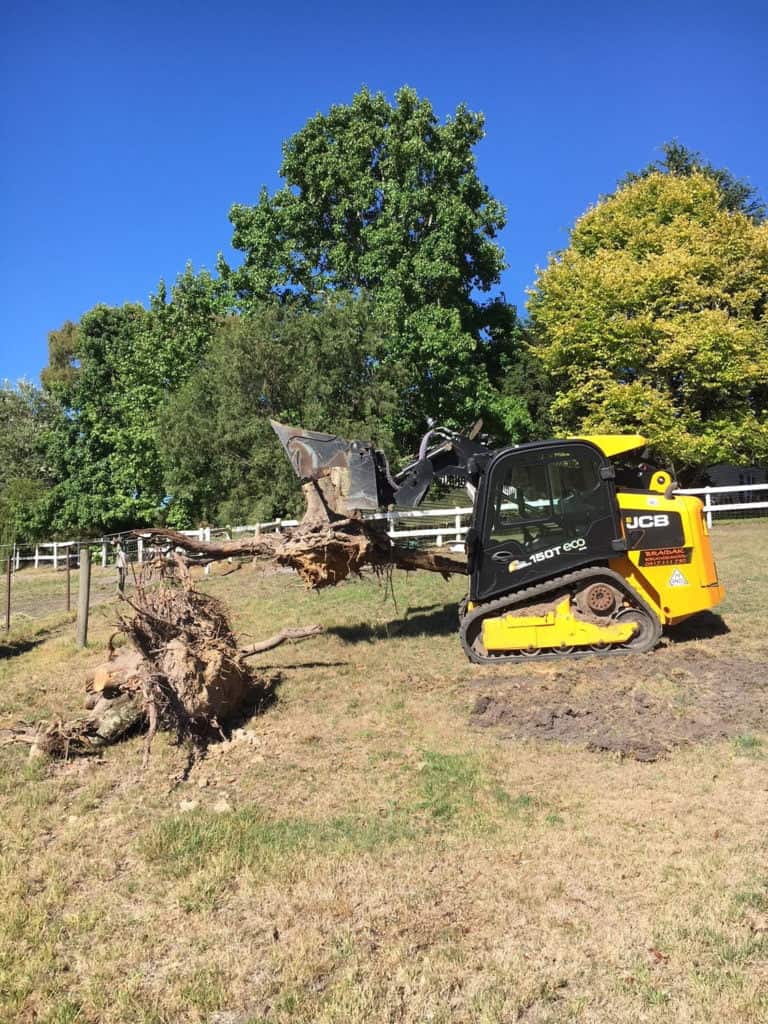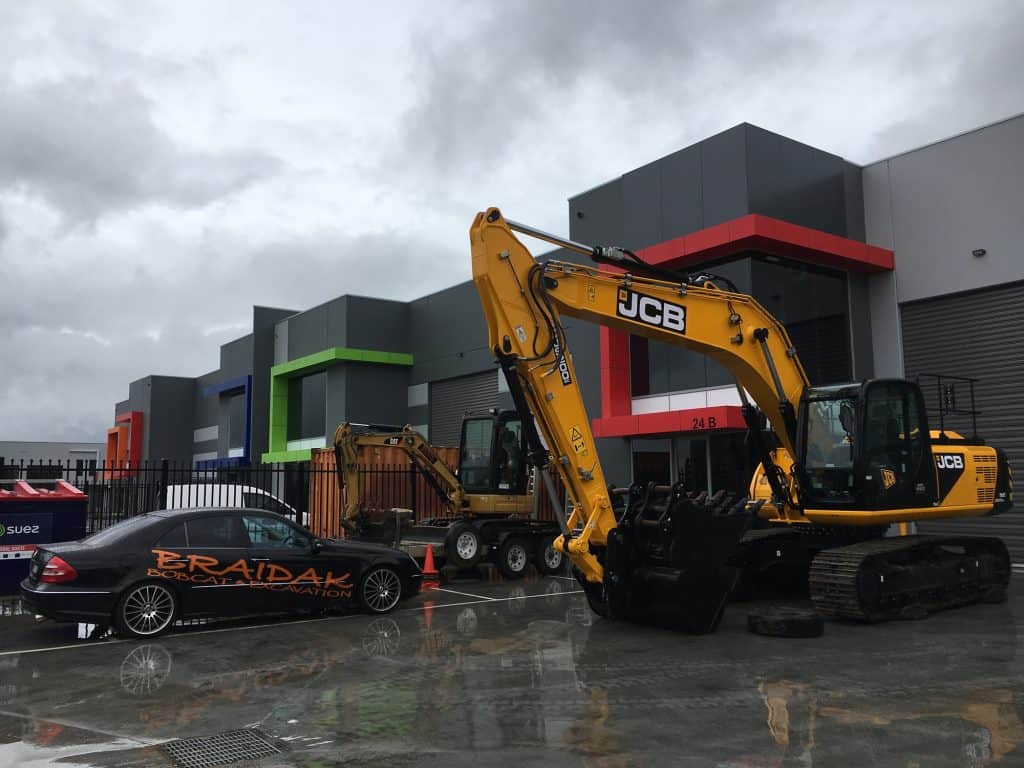When it comes to equine management, there’s more to consider than just the stables and pastures.
One often overlooked, but crucial aspect of horse care is the creation of horse laneways or pathways within your facility. These paths may seem like a minor detail, but they play a significant role in the overall well-being of your horses and the efficiency of your equestrian operations.
1. Safety: Safety is paramount when working with horses, and laneways can help ensure it. Properly designed and maintained pathways can prevent horses from slipping or injuring themselves while moving between paddocks, barns, and other areas of the facility. A well-constructed laneway can also minimize the risk of horse-human accidents, making it safer for everyone involved.
2. Health: Horses that spend a lot of time on muddy or uneven terrain are more susceptible to hoof problems and other health issues. Laneways with good drainage and a solid base can help keep your horses’ hooves in better condition, reducing the likelihood of lameness and other ailments. Additionally, laneways can help control mud and prevent the spread of diseases like thrush.
3. Efficiency: Efficient horse management is crucial for any equestrian facility, and well-designed laneways can streamline operations. They make it easier to move horses between different areas of the facility, reducing the time and effort required for daily chores. This efficiency can lead to cost savings in terms of labor and resources.
4. Grazing Management: For facilities with multiple pastures, laneways are essential for controlling grazing access. They allow you to rotate your horses between paddocks without the risk of overgrazing or damaging the pastures. Proper laneway placement and design can promote healthy forage growth and ensure that your horses receive the right balance of nutrition.
5. Environmental Impact: Thoughtful laneway construction can have positive environmental effects. By preventing soil erosion and runoff, you can protect nearby water bodies from pollution. Additionally, well-designed laneways can reduce the need for costly maintenance and repairs, which can be resource-intensive and harm the environment.
In conclusion, horse laneways may not be the most glamorous aspect of equine management, but they are undeniably important. They contribute to the safety, health, and efficiency of your facility while also benefiting the environment. So, the next time you’re planning improvements for your horse property, don’t underestimate the significance of building and maintaining quality horse laneways. Your horses will thank you for it, and your overall equestrian operations will run smoother as a result.

Key Considerations For Effective Horse Laneway Construction:
Purpose: What will the laneway be used for? Will it be primarily for moving horses around, or will it also be used for turnout, exercise, or training? This will determine the width, length, and layout of the laneway.
Drainage: Good drainage is essential for any horse laneway. This will help to prevent the laneway from becoming muddy and slippery, which can be a safety hazard for horses. The laneway should be graded so that water flows away from it, and should be constructed with a material that drains well, such as gravel or crushed rock.
Surface: The surface of the laneway should be smooth and even, to prevent horses from tripping and falling. It should also be non-slip, even when wet. Common materials used for horse laneway surfaces include gravel, crushed rock, and asphalt.
Fencing: The laneway should be fenced on both sides to prevent horses from escaping. The fence should be sturdy and high enough to prevent horses from jumping over it. It is also important to make sure that there are no gaps in the fence that horses could get their legs stuck in.
Gates: Gates should be installed at each end of the laneway, as well as at any other points where the laneway is intersected by other paths or roads. Gates should be easy to open and close, and should be equipped with latches that horses cannot open.
Turnouts: If the laneway will be used for turnout, it is important to provide adequate space for horses to move around and graze. Turnouts should be fenced separately from the laneway, and should have access to water and shelter.
Lighting: If the laneway will be used at night, it is important to provide adequate lighting. This will help to prevent accidents and injuries. Solar-powered lights are a good option for horse laneways, as they are easy to install and do not require a power source.
In addition to the above considerations, there are a number of other factors that may need to be taken into account when designing and constructing a horse laneway, such as:
Type of soil: The type of soil on your property will affect the type of construction materials you can use for the laneway. For example, if you have clay soil, you may need to use a thicker layer of gravel to prevent the laneway from becoming muddy.
Climate: The climate in your area will also affect the design and construction of your laneway. For example, if you live in an area with cold winters, you may need to use a different type of surface material than if you live in a warm climate.
Budget: The cost of constructing a horse laneway will vary depending on the size, materials, and complexity of the project. It is important to set a budget before you start construction, and to make sure that you choose materials and construction methods that fit your budget.
If you are planning to construct a horse laneway, it is important to consult with a qualified professional, such as a contractor experienced in constructing Horse Laneways.
An experienced contractor can help you to design and construct a laneway that is safe, durable, and functional for your specific needs.
Here are some additional tips for effective horse laneway construction:
Make sure that the laneway is wide enough for horses to pass each other safely. A minimum width of 10 feet is recommended.
If the laneway is long, consider installing turnouts at regular intervals so that horses can rest and graze.
Avoid installing gates in the middle of the laneway, as this can create a hazard for horses.
If the laneway is used for turnout, make sure that there is enough shade and shelter for horses to protect themselves from the sun and rain.
Regularly inspect the laneway for any damage or hazards. Repair any damage promptly to prevent accidents.
By carefully considering all of the factors involved, you can ensure that your horse laneway is safe, durable, and functional for your specific needs.
Horse laneways are an essential part of many equestrian properties.
They provide a safe and efficient way to move horses around, and can also be used for turnout, exercise, and training.
However, it is important to carefully consider a number of factors when designing and constructing a horse laneway in order to ensure that it is safe, durable, and functional.


